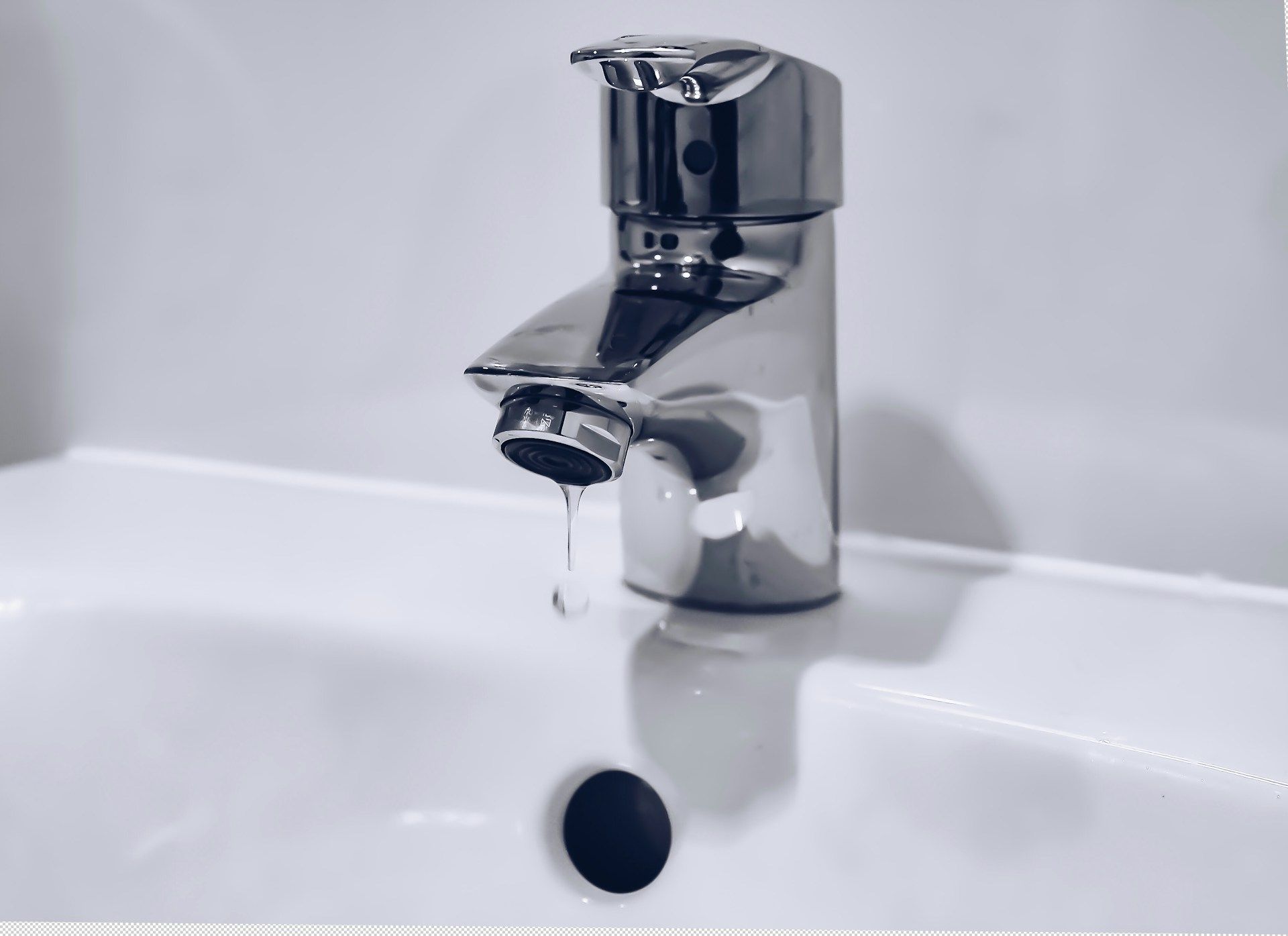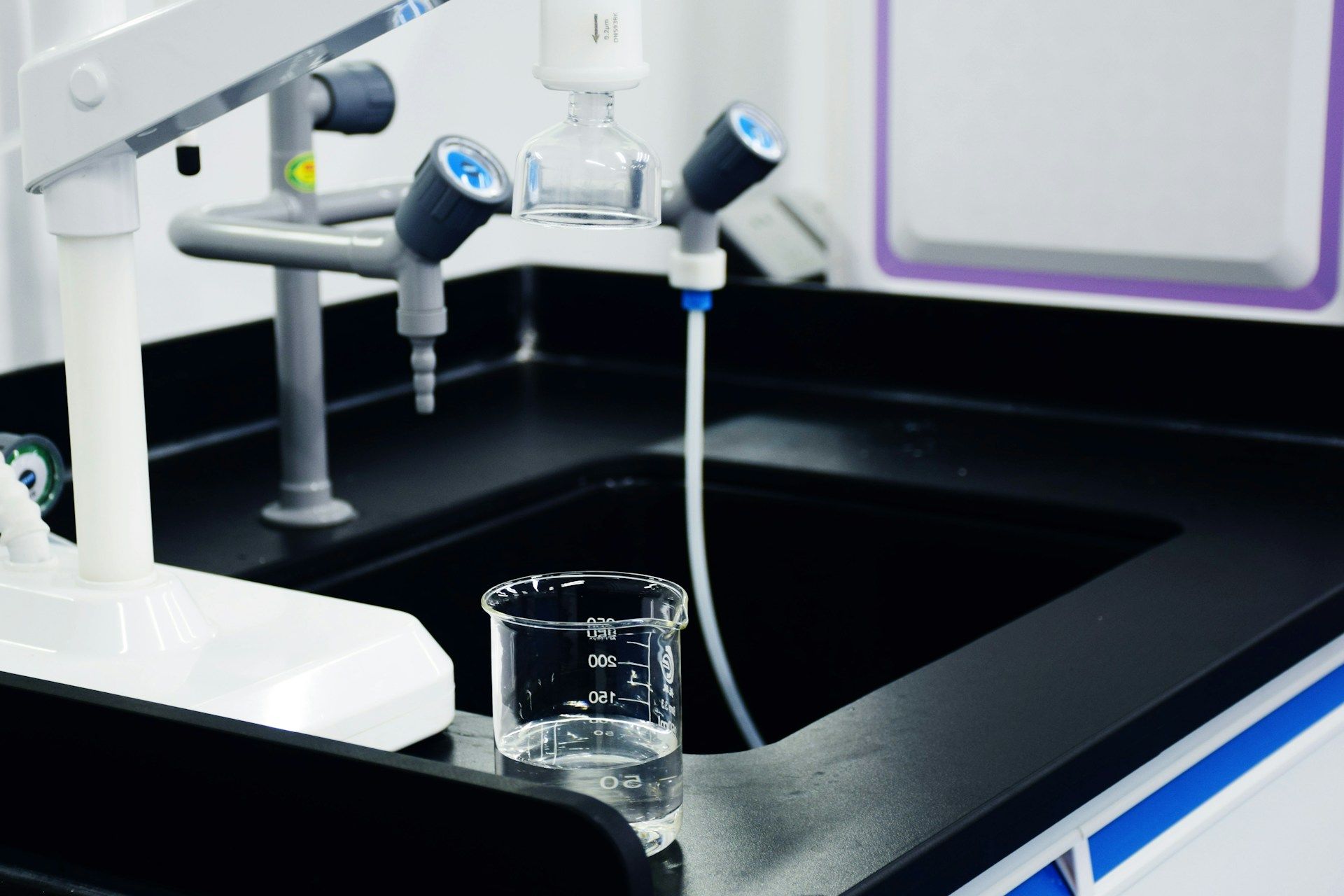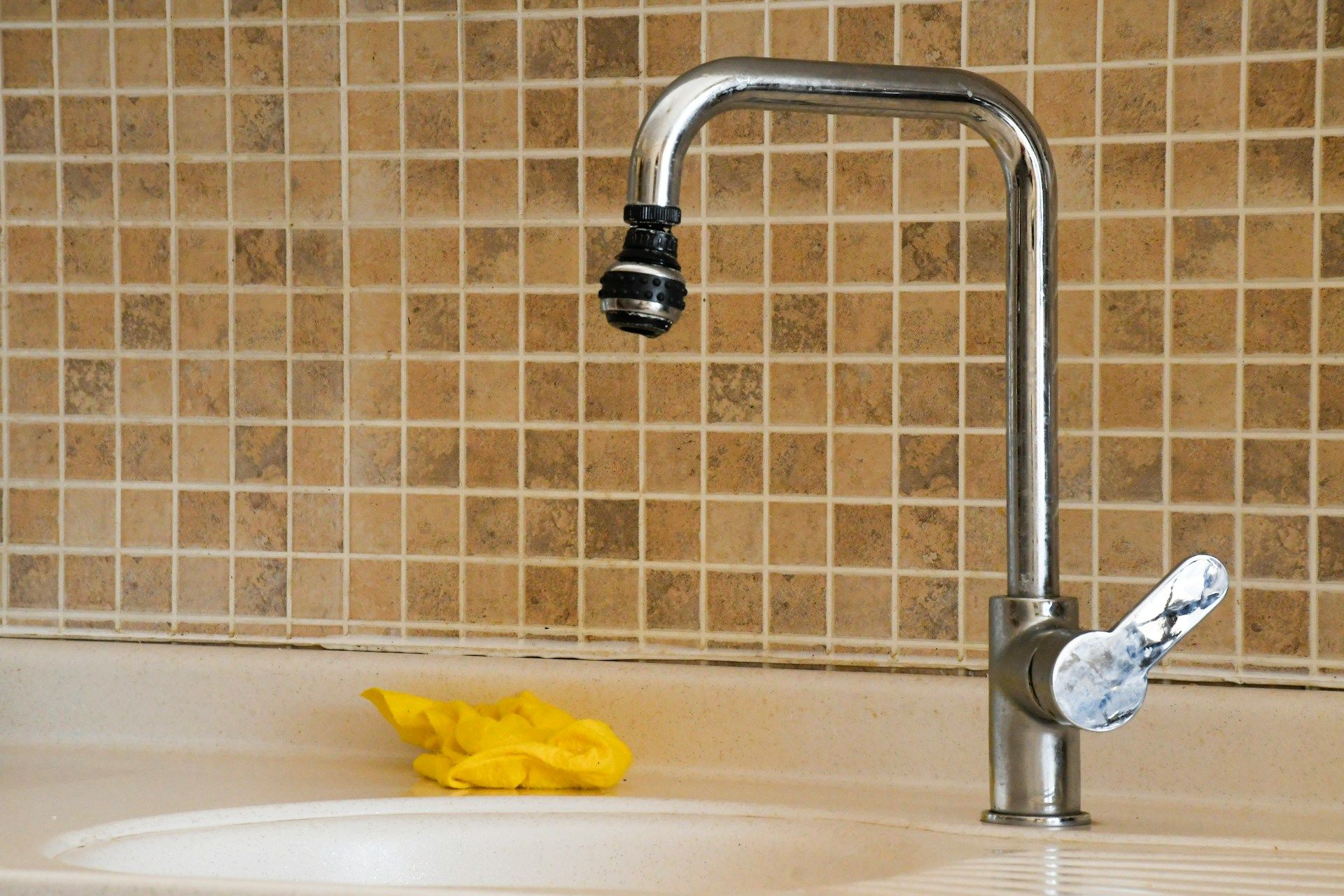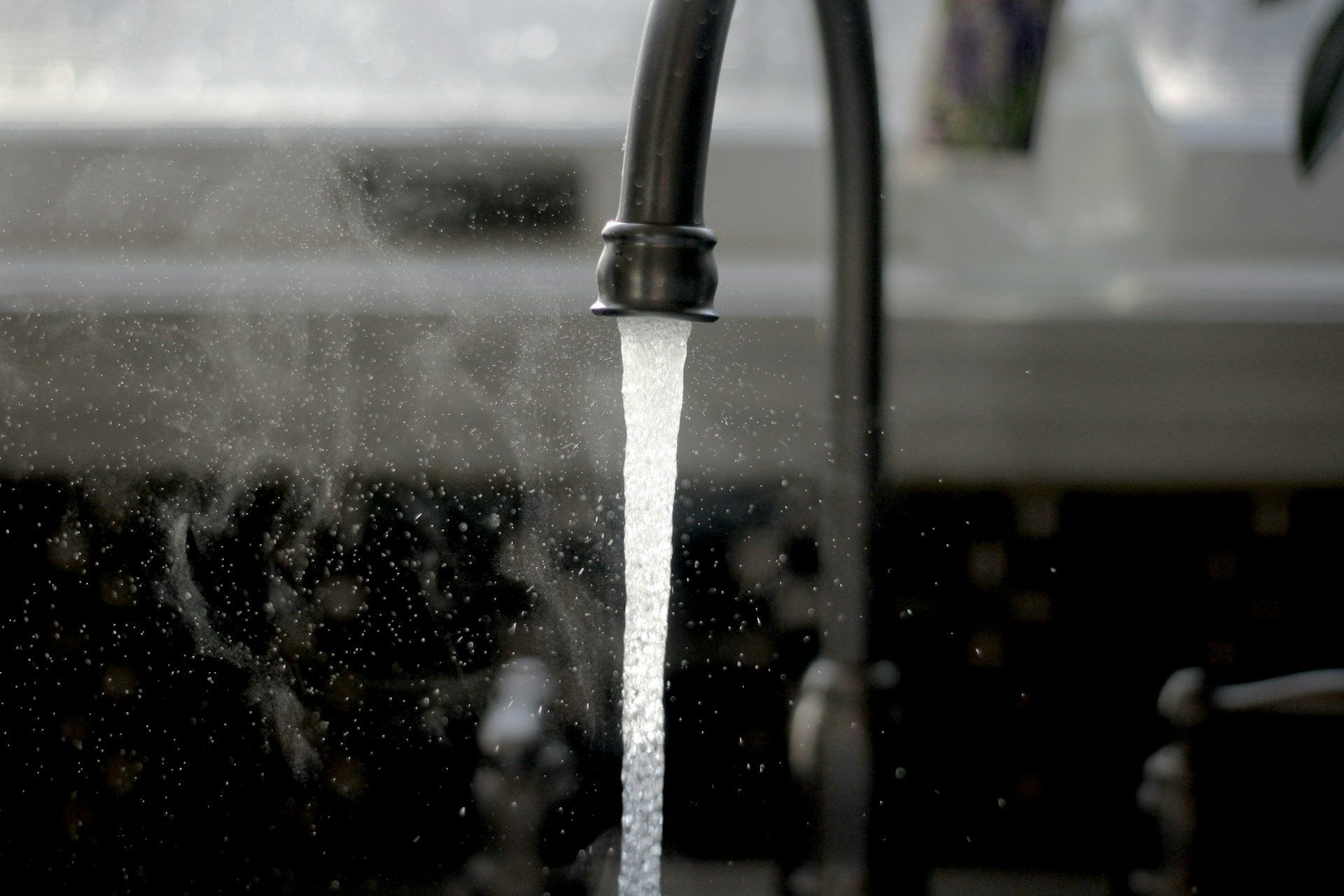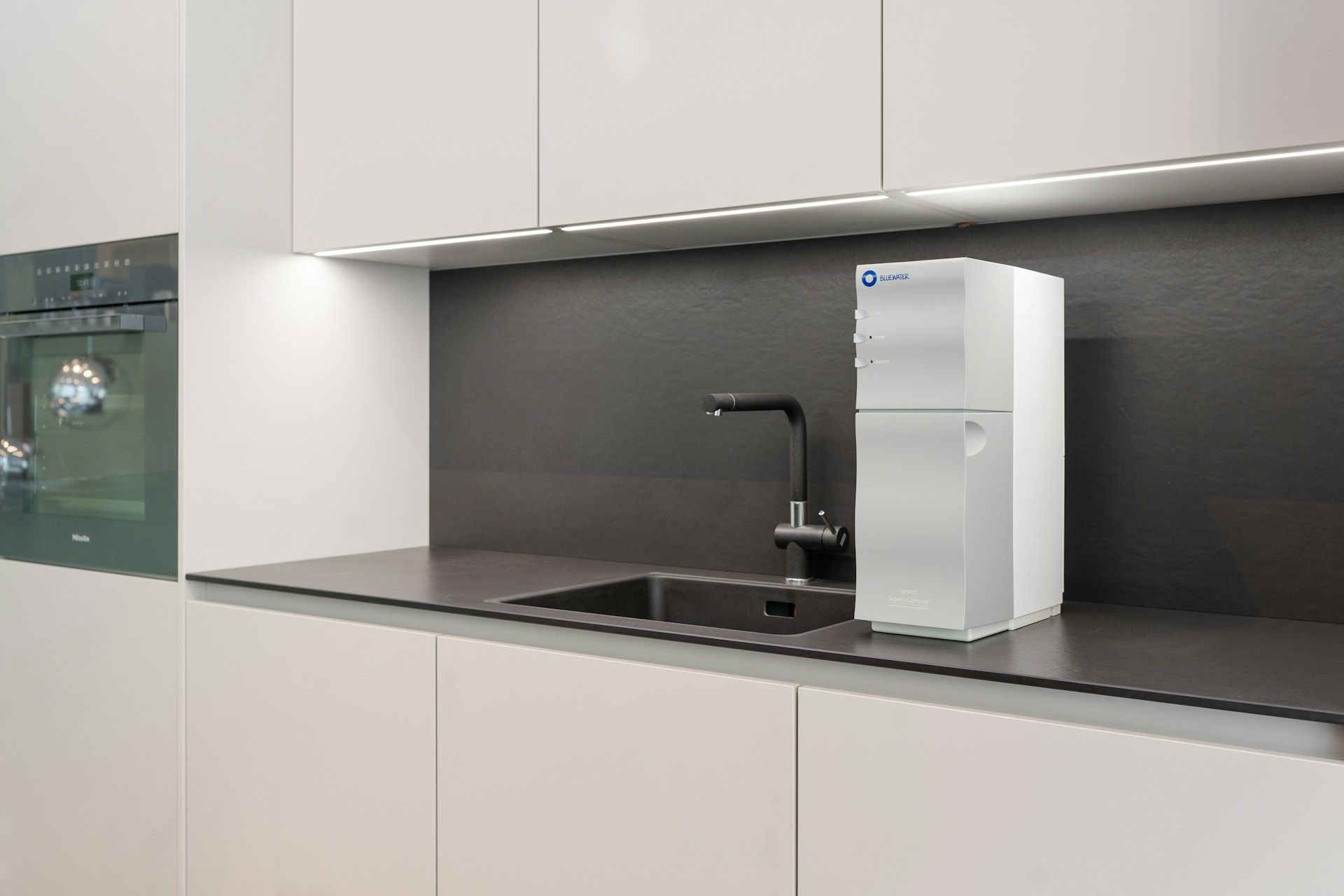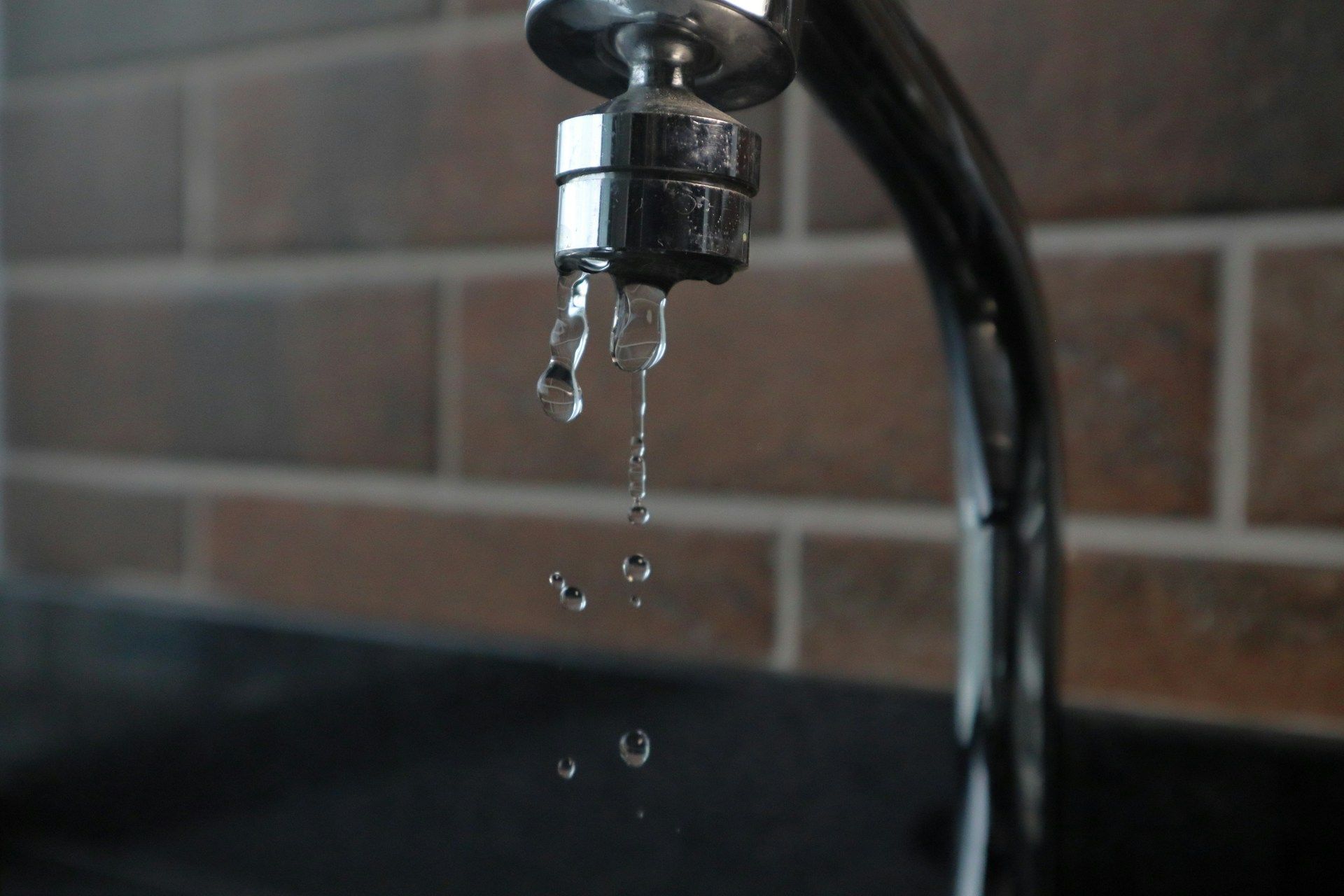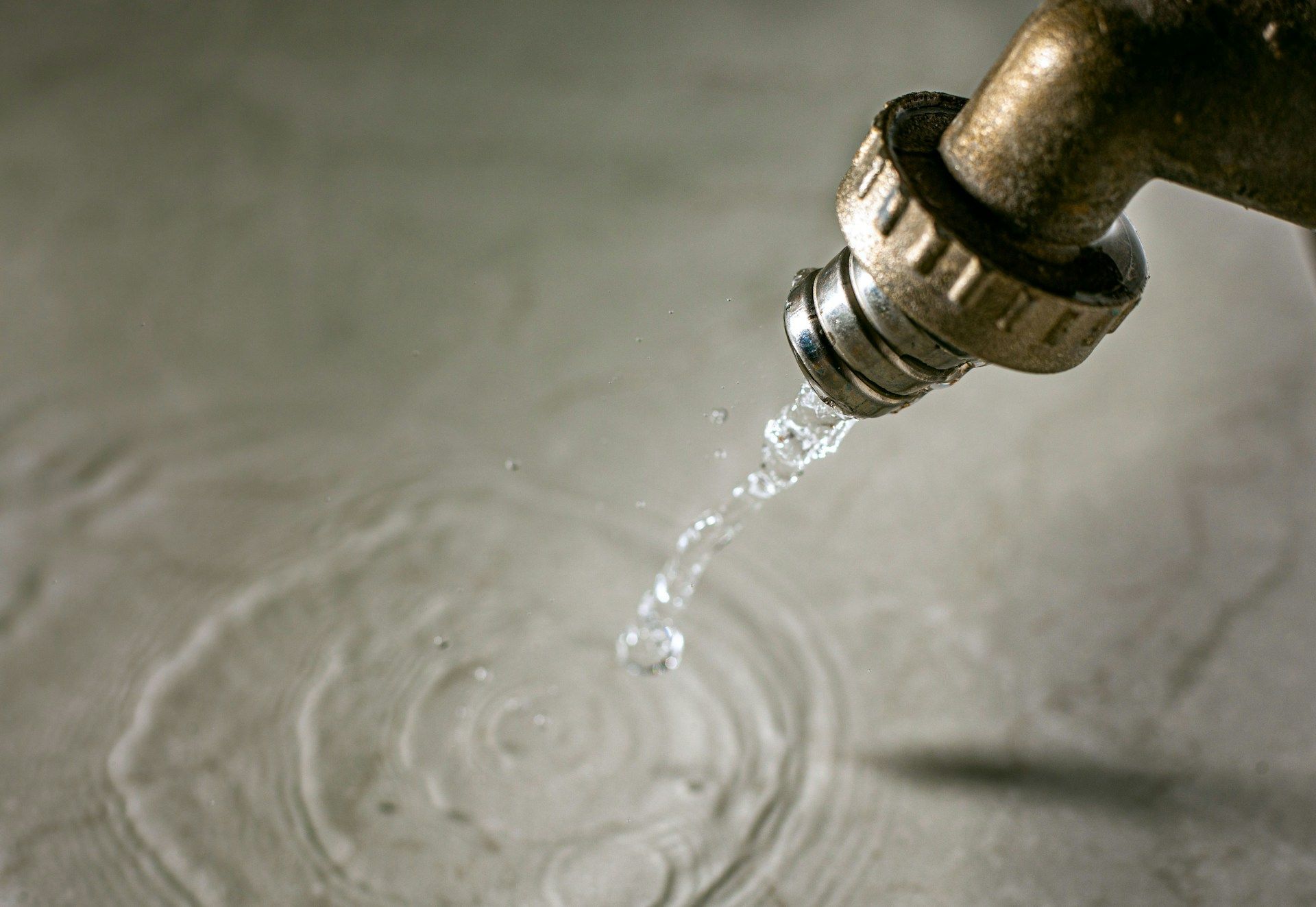Water Filter Solutions Near Summit County, Utah
Water Science offers personalized water treatment systems tailored to your family’s unique needs. We conduct a thorough analysis of your water to identify contaminants and recommend the best filtration or purification system. Our reverse osmosis systems provide purified drinking water better than bottled water, reducing plastic waste. We also provide solutions for other water-using appliances. Water Science offers a wide range of testing options to ensure the cleanliness and safety of your water supply. Our experienced technicians have expertise in treating complex water conditions and removing contaminants. We offer ongoing maintenance services to keep your system in optimal condition.
Table of Contents
- What is water testing and analysis?
- Why should you be concerned about it?
- What are water filtration systems?
- What is the current, up to date technology?
- What are whole house water softeners?
- How do we custom tailor a system for your family?
- What is the wide range of testing options for your home?
- How do you find out what is in your water?
What is water testing and analysis?
Water testing and analysis refers to the process of evaluating the quality and composition of water. This is done to identify any contaminants or impurities that may be present in the water. Water Science, located near Summit County, Utah, offers a wide range of testing options for your home to ensure the safety and cleanliness of your water. From testing for bacteria and viruses to checking for elevated levels of chemicals, our comprehensive analysis enables you to determine the best course of action for water system maintenance.
In addition to their testing services, Water Science also provides ongoing maintenance services. This ensures that your water system remains in optimal condition and that any potential issues are identified and addressed promptly. With our expertise, they can perform regular checks and inspections to catch any early signs of problems and resolve them, saving you from costly repairs down the line. By opting for their ongoing maintenance services, you can have peace of mind knowing that your water supply is always clean and safe for consumption.
One common issue that can be identified through water testing and analysis is the presence of heavy metals, such as iron. Elevated levels of iron in water can lead to an unpleasant taste, stains on clothes and fixtures, and even health concerns. Water Science specializes in iron heavy metal removal, providing effective treatment solutions tailored to your specific needs. Whether you rely on well water or are connected to a municipal supply, their expertise in well water treatment can ensure that your water is free from iron and other contaminants, resulting in clean and soft water that is safe for everyday use.
Why should you be concerned about it?
There are several reasons why you should be concerned about the quality of your water. Firstly, the amount of chemicals that are in your water may seem harmless individually, but they can be harmful when they accumulate in your body over time. By being health conscious and aware of what is in the water, you can take steps to minimize your exposure to harmful chemicals and toxins. This is especially important for parents who want to ensure that their children are not ingesting any harmful substances.
Secondly, having water testing and analysis done can help you identify any potential issues with your water supply. This is crucial because it allows you to take proactive steps to resolve any problems before they become bigger and more costly to fix. For example, if elevated levels of heavy metals like iron are found in your water, you can seek treatment options to remove them and prevent any negative effects on the taste, appearance, and even your health.
Investing in a better water softener option can have numerous benefits for you and your home. Soft water is gentler on your skin and hair, and can help reduce the amount of soap and cleaning products you need to use. It also prevents the build-up of scale and mineral deposits in your pipes and fixtures, prolonging their lifespan and reducing maintenance costs. By taking the necessary steps to clear and purify your water, you can ensure that it is safe and healthy for both consumption and use throughout your home.
What are water filtration systems?
Water filtration systems are devices that are designed to remove impurities and contaminants from water. They work by passing the water through various filtration media, such as activated carbon or reverse osmosis membranes, which trap and remove particles, chemicals, and other unwanted substances. These systems are essential for ensuring the safety and cleanliness of your water supply, as they can effectively remove pollutants that may be present in the water. One of the key benefits of water filtration systems is that they can improve the taste and quality of your water. By removing impurities and chemicals, these systems can help to reduce any unpleasant odors or tastes that may be present in the water, making it more enjoyable to drink and use.
One popular type of water filtration system is a reverse osmosis (RO) system. This system uses a semi-permeable membrane to remove impurities from the water, such as heavy metals, chemicals, and bacteria. The water that comes out of a RO system is better than any that comes out of a bottled water, as it is purified and free from unwanted contaminants without the need for plastic bottles. This can lead to significant health benefits, as clean, filtered water can help to improve digestion, boost the immune system, and support overall well-being. Water filtration systems are essential for ensuring the cleanliness and safety of your water supply, and with their ongoing maintenance services, you can experience healthier water that is free from impurities.
What is the current, up to date technology?
Currently, the biggest topic in water filtration is the removal of PFAS or Forever Chemicals. PFAS are harmful manmade chemicals that can be found in soil, water, and even in people’s blood. Although thousands of PFAS chemicals exist, only a few have been studied and regulated. These chemicals can persist in the environment indefinitely and pose a significant risk to human health. Advanced water filtration systems now include specialized filters designed to remove PFAS and other contaminants, ensuring that your water is free from harmful chemicals. With this technology, you can safeguard yourself and your family from the risks associated with PFAS exposure.
Another one of the most advanced technologies in the field of water treatment is UV treatment. UV treatment utilizes ultraviolet light to disinfect water and eliminate harmful bacteria and viruses. This technology has proven to be highly effective in killing pathogens without the need for harsh chemicals, making it a safe and environmentally-friendly option. UV treatment can be installed as part of a whole house water softener system, ensuring that every drop of water in your home is properly treated before use. This up-to-date technology provides an extra layer of protection, giving you peace of mind that your water is clean and safe to consume.
Ongoing advancements in water treatment technology have allowed for the development of more efficient and precise water testing and analysis methods. Water testing has become more comprehensive and accurate, allowing for the detection of even trace amounts of contaminants and impurities. By utilizing state-of-the-art testing equipment, water professionals can quickly identify any potential issues with your water supply and take prompt action to address them. This up-to-date technology ensures that water systems are regularly monitored and maintained, preventing any potential problems from escalating and compromising the safety and cleanliness of your water. With these advancements, you can have the utmost confidence in the quality of your water, knowing that it has undergone thorough testing using the latest technology.
What are whole house water softeners?
Whole house water softeners are devices that are installed at the main water supply point in your home to treat the hardness of the water.
Hard water is water that contains high levels of minerals like calcium and magnesium.
While not harmful to your health, hard water can cause a range of issues, such as scale buildup in pipes and appliances, reduced efficiency of water heaters, and even dry and itchy skin.
With a whole house water softener, these minerals are removed from the water, resulting in soft water that is gentler on your skin and hair.
It also helps to prevent the buildup of scale in your pipes and fixtures, prolonging their lifespan and reducing maintenance costs.
Removing hardness from the water can also improve the effectiveness of cleaning products, as soft water allows for better lathering and rinsing.
How do we custom tailor a system for your family?
Our experts will conduct a thorough analysis of your water to identify any specific contaminants or impurities that may be present. Based on these findings, we will recommend the most suitable filtration or purification system to meet your needs. Whether you’re dealing with heavy metals like iron or chemicals like PFAS, we have top-quality products and advanced technologies to effectively remove these substances from your water, ensuring that it is clean and safe for your family to use and consume.
One important consideration for many families is the quality of drinking water. With our reverse osmosis (RO) systems, you can have peace of mind knowing that the water coming out of your tap is even better than bottled water. RO systems use a semi-permeable membrane to remove impurities, chemicals, and bacteria from the water, leaving you with purified and fresh-tasting water. This means that you no longer have to rely on bottled water for drinking or cooking, which not only saves you money but also reduces plastic waste. In addition to drinking water, we also provide solutions for other water-using appliances in your home. For example, we recommend using purified water for your coffee machine to ensure that you’re getting the best quality coffee every morning. By custom tailoring a system for your family, we ensure that your water is clean, healthy, and enhances your everyday life.
We understand that maintaining a water treatment system can be a hassle for busy families. That’s why we offer ongoing maintenance services to take care of your system for you. Our water science experts will handle all the necessary checks, inspections, and repairs to ensure that your system remains in optimal condition. We utilize the latest technology and methods in water testing and analysis to proactively identify any potential issues with your water supply. By catching and resolving these problems early on, we can save you from costly repairs down the line. With our expertise and knowledge, you can trust that your system will receive the care it needs, while you enjoy clean and safe water without any worries. Choose Water Science Expert water treatment in Park City Utah for a custom-tailored water treatment system that meets the unique needs of your family.
What is the wide range of testing options for your home?
Water Science offers a wide range of testing options for your home to ensure the cleanliness and safety of your water supply. One of our key services is water testing and analysis, where we comprehensively analyze your water for a range of contaminants, from bacteria and viruses to elevated levels of chemicals. This allows them to determine the best course of action for water system maintenance and identify any potential issues that need to be addressed. Our advanced testing methods and equipment ensure accurate results and prompt action to keep your water clean and safe. Whether it’s treating complex water conditions or removing 90% of all contaminants, our expertise in Water Science can provide customized treatment solutions for your specific needs.
Based on the results of the testing we can, for example, remove heavy metals like iron from your water supply. Elevated levels of iron can cause an unpleasant taste, stains on clothes and fixtures, and even health concerns. Water Science specializes in iron heavy metal removal and provides effective treatment solutions tailored to your specific needs. Whether you rely on well water or are connected to a municipal supply, our expertise in well water treatment can ensure that your water is free from iron and other contaminants, resulting in clean and soft water that is safe for everyday use. With their knowledge and experience, you can finally say goodbye to the need for bottled water and enjoy the convenience and cost savings of having clean, purified water right from your tap.
Water Science also offers ongoing maintenance services for your water system, taking care of all the necessary checks, inspections, and repairs. With their expertise in water treatment technology, they can do the maintenance for you, utilizing the latest advancements in the field to ensure the efficiency and effectiveness of your system. Their proactive approach to testing and analysis allows them to catch any potential problems early on and resolve them promptly, saving you from costly repairs down the line. By opting for their ongoing maintenance services, you can have peace of mind knowing that your water supply is always clean and safe for consumption, while they take care of the maintenance and monitoring for you.
How do you find out what is in your water?
If you’re wondering what’s in your water, Water Science, your trusted water treatment company in Park City, Utah, is here to help. With our wide range of testing options, we can provide you with a comprehensive analysis of your water supply. Our advanced testing methods and equipment ensure accurate results, allowing them to identify any contaminants or impurities that may be present. Whether it’s bacteria, heavy metals like iron, or elevated levels of chemicals, Water Science can determine the best course of action to ensure the cleanliness and safety of your water.
Once we have tested your water, Water Science can custom tailor a water treatment system specifically for your family’s needs. With our expertise and knowledge in water treatment technology, they can recommend the most suitable filtration or purification system to address any specific issues or concerns that were identified during the testing process. Whether you’re dealing with heavy metals or chemicals, we have top-quality products and advanced technologies to effectively remove these substances from your water, ensuring that it is clean and safe for your family to use and consume.
In addition to providing exceptional service and custom tailored systems, Water Science also offers ongoing maintenance services for your water treatment system. Our Water Science experts will handle all the necessary checks, inspections, and repairs to keep your system in optimal condition. By utilizing the latest technology and methods in water testing and analysis, they can proactively identify any potential issues with your water supply and take prompt action to address them. With their expertise and knowledge, you can trust that your system will receive the care it needs, while you enjoy clean and safe water without any worries.
The post Water Filter Solutions Near Summit County, Utah appeared first on Water Science.

